Every year, billions of birds around the planet undertake one of nature's most amazing journeys: From tiny sparrows to giant geese, they all fly thousands of kilometers, crossing continents and oceans without ever getting lost.
Among them, many young birds that have never made any migrations can still find their way to their wintering grounds with astonishing accuracy.
The magical protein in birds' eyes
Scientists have been trying to solve this mystery for decades. They know that birds use many environmental cues such as the sun, stars, familiar landmarks, and especially the Earth's magnetic field to navigate.
But the question of how birds can sense this invisible magnetic field remains a big mystery. The answer, according to new research, may lie in an unlikely place: a special protein called cryptochrome, or CRY4 for short, found in the retinas of migratory birds.
Unlike a regular compass with a needle pointing in the right direction, this protein works by a completely different and much more complex mechanism.
When blue light hits a bird’s eye, it activates the CRY4 protein and sets off a unique chain of chemical reactions. This process creates what scientists call “free radical pairs” — two molecules with unpaired electrons.
These lonely electrons act like tiny magnets thanks to a quantum property called spin.
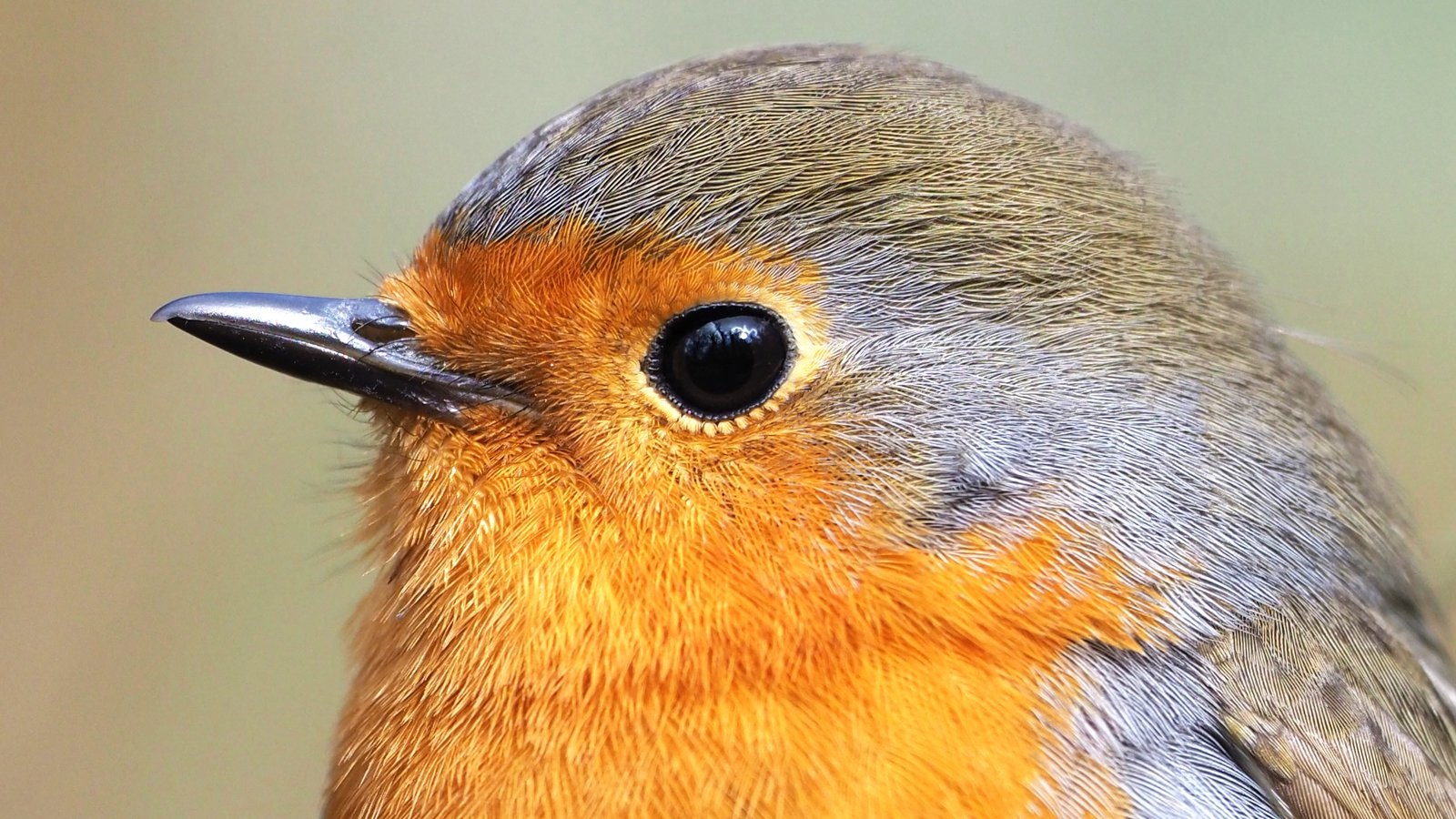
European robins make arduous intercontinental migrations to avoid the harsh winters. To navigate their way, these birds and many others may use quantum entanglement to “read” the Earth’s magnetic field (Photo: Pbs).
Interestingly, these two electrons do not exist independently, but are linked together through a strange quantum phenomenon called “quantum entanglement” — the same phenomenon that physicist Albert Einstein once called “spooky action at a distance.”
When two particles are entangled, the state of one particle will instantly affect the other, regardless of the distance between them.
“Seeing” the invisible
According to current hypotheses, the Earth's magnetic field can affect the quantum state of these “entangled” electron pairs.
The changes in quantum state are then converted into biological signals that the bird's brain can understand. In other words, birds can actually “see” the magnetic field as patterns or shadows superimposed on their normal field of vision.
Think of it like wearing special glasses that allow you to see invisible magnetic field lines around the Earth. To birds, these lines may appear as dark and light streaks, helping them determine north and south and accurately locate their position on the planet.
Evidence from the laboratory
In 2021, scientists at the University of Tokyo directly observed this quantum reaction in the laboratory for the first time.
Using a special microscope that is extremely sensitive to low light, they watched human cells containing cryptochrome respond to magnetic fields.
The results showed that each time the magnetic field was swept, the cell's luminescence decreased by about 3.5% - enough to demonstrate a direct response.

Giant particle detector can capture interactions at the subatomic level (Photo: Tokyo).
Another study published in the journal Nature in June 2021 provided even stronger evidence.
Researchers isolated the CRY4 protein from the eyes of European robins and demonstrated that it is indeed sensitive to magnetic fields under laboratory conditions. This is the first time scientists have demonstrated that a bird cryptochrome protein has the ability to sense magnetic fields.
Amazing sensitivity
What surprised scientists most was the extraordinary sensitivity of the system. Experiments showed that European robins could have their orientation disturbed by artificial magnetic fields that were up to 3,000 times weaker than the Earth's.
It's an almost unimaginable level of sensitivity - the equivalent of being able to feel a speck of dust falling in a room filled with a storm.
This sensitivity can only be explained if the free radical pair system maintains its “quantum entanglement” state for a “fairly long” period of time – about 100 microseconds.
While this number may sound incredibly short (just one ten-thousandth of a second), in the quantum world it is an incredible amount of time.
Even in ideal lab conditions with strong vacuums or extremely low temperatures, scientists can only maintain artificial quantum entanglement for a few nanoseconds.
Challenging traditional concepts
This discovery challenges the traditional notion of the boundary between quantum physics and biology.
For decades, scientists believed that quantum effects were too fragile and easily disrupted to survive in the warm, noisy, chaotic environment of biological systems.
Yet it seems that nature has found a way to exploit the most subtle physical principles to serve life.
“It seems that nature has found a way to make quantum states last much longer than we expected; and much longer than we can do in the lab. No one thought it was possible,” said Erik Gauger, a quantum scientist at Heriot-Watt University.
Not just birds
Although the study focused on birds, the ability to sense magnetic fields may not be limited to winged species.
Other animals, such as sea turtles, honeybees, and possibly even dogs, may use similar mechanisms. Some studies even suggest that humans have cryptochrome proteins in their eyes, although our ability to sense magnetic fields—if we have any—has probably been greatly reduced over the course of evolution.
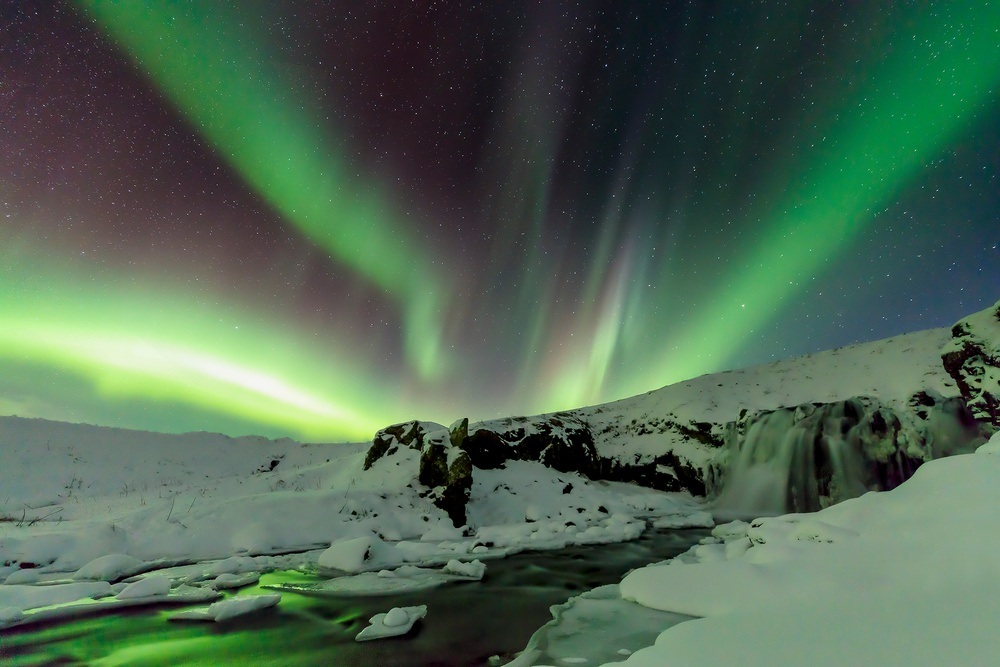
In fact, when researchers placed people in dark rooms and changed the surrounding magnetic field, some people reported seeing small changes in their vision.
However, these reports remain controversial and more research is needed to confirm.
Larger Meaning
The discovery of quantum navigation in birds is more than just an interesting nature story. It opens the door to a whole new field called quantum biology—a branch of science that studies the role of quantum mechanics in life processes.
If biological systems can reliably harness quantum effects, it could revolutionize our understanding of life. Other biological processes such as photosynthesis, smell, and perhaps even consciousness, may also involve quantum mechanics in ways we have yet to fully explore.
Understanding how birds use quantum mechanics to navigate could lead to technological breakthroughs.
Scientists are investigating the possibility of developing ultra-sensitive magnetic sensors based on the same principle. Such devices could have applications in everything from medicine (such as early detection of abnormalities in the body) to geology (mineral prospecting) and even quantum computing.
Furthermore, this study also emphasizes the importance of protecting the natural environment. Light pollution from cities, electromagnetic waves from electronic devices can disrupt the delicate quantum compass of birds, affecting their ability to migrate and survive.
The story is not over yet
Despite significant progress, many questions remain unanswered. How exactly does the bird brain convert quantum information into navigational decisions?
Why are some birds better at this than others? And are there other quantum mechanisms at work in the biological world that we don't yet know about?
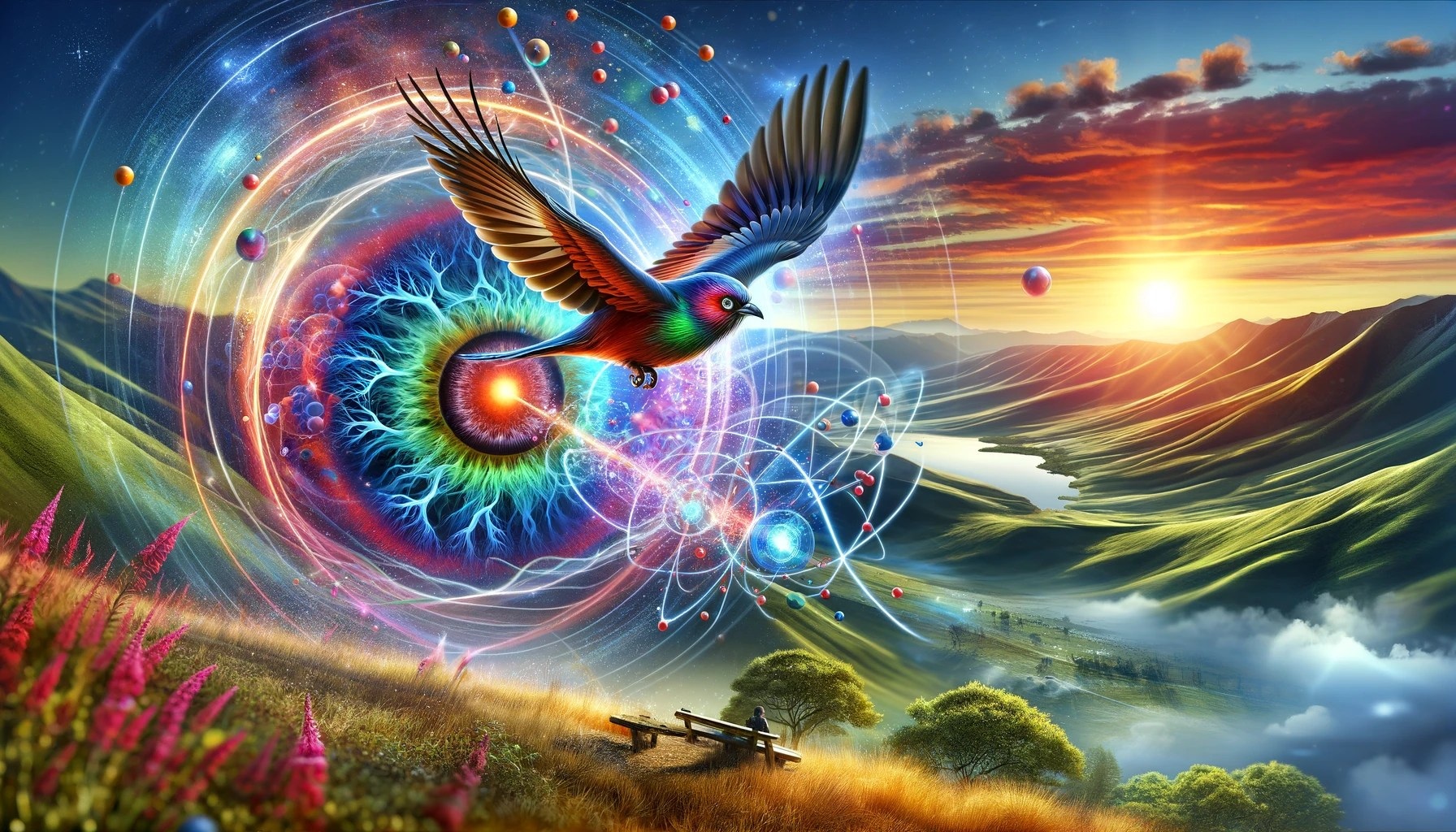
Each answer opens up new questions, but one thing is certain: the line between quantum physics and biology is becoming increasingly blurred. The tiny birds soaring through the sky are not just on a routine migration – they are carrying one of the deepest secrets of the universe.
The story of quantum navigation in birds is a reminder that the world around us is much more complex and wondrous than meets the eye. While we are still struggling with the abstract concepts of quantum mechanics in textbooks, nature has been quietly using these principles for millions of years.
This makes us rethink the nature of reality. If a tiny robin can exploit “quantum entanglement” to find its way home, how many other quantum secrets are hidden in the natural world?
Perhaps, the quantum world is not an alien realm that exists only in laboratories, but is the invisible foundation of everyday life, from the flight of a bird to perhaps even the thoughts in the human mind.
When you look up at the sky and see flocks of migrating birds, remember that they are not just flying - they are navigating using one of the most sophisticated mechanisms known to science that turns abstract quantum principles into a practical survival tool.
It is a testament to the wonder of evolution and a reminder that nature still holds many mysteries that humans need to continue to learn in order to gain a more complete and accurate understanding of how the universe works.
Source: https://dantri.com.vn/khoa-hoc/khi-loai-chim-nhin-thay-tu-truong-trai-dat-bi-an-luong-tu-trong-tu-nhien-20250715124733875.htm






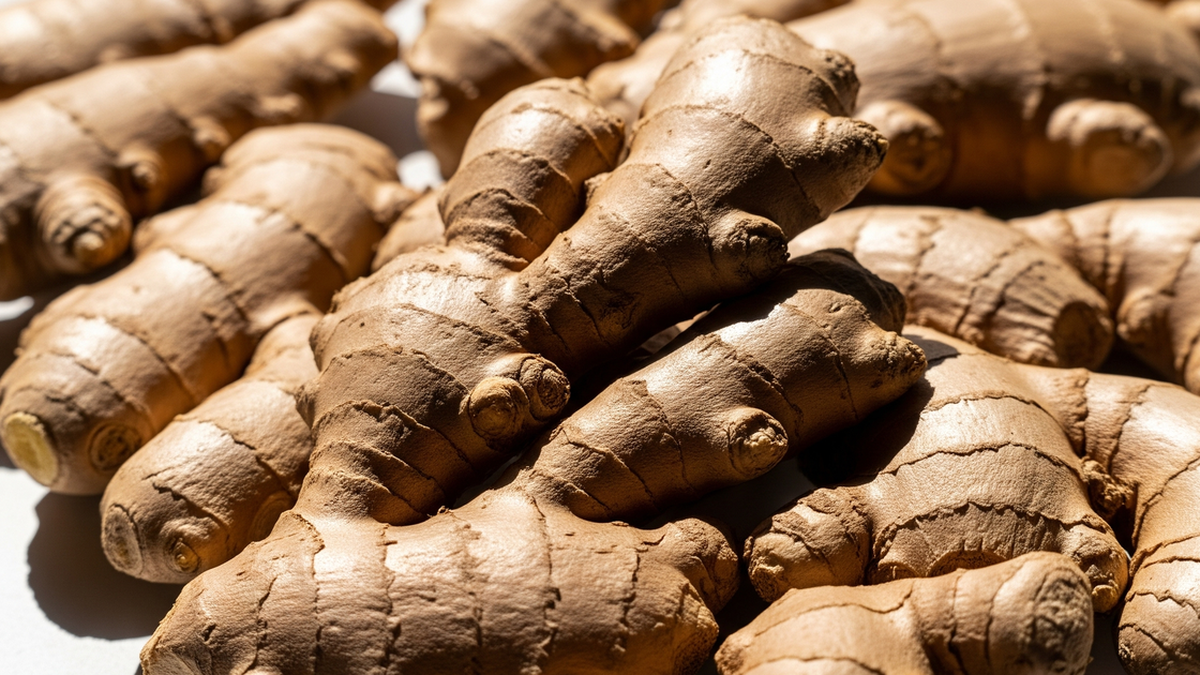



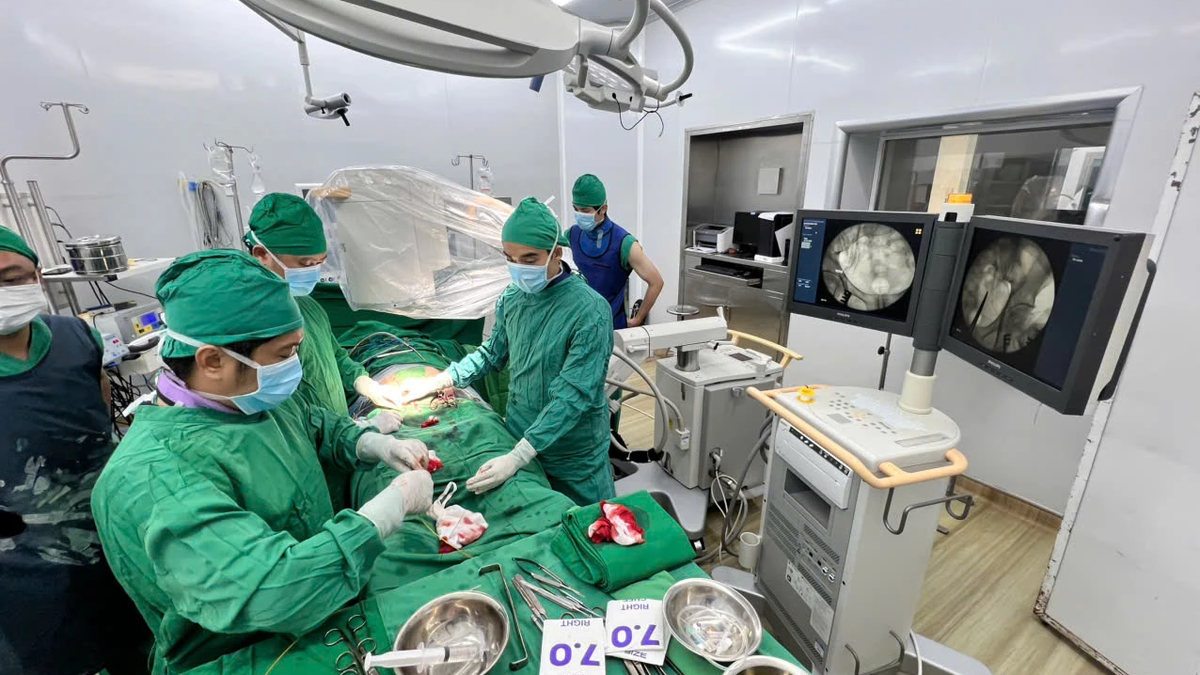

























































































Comment (0)